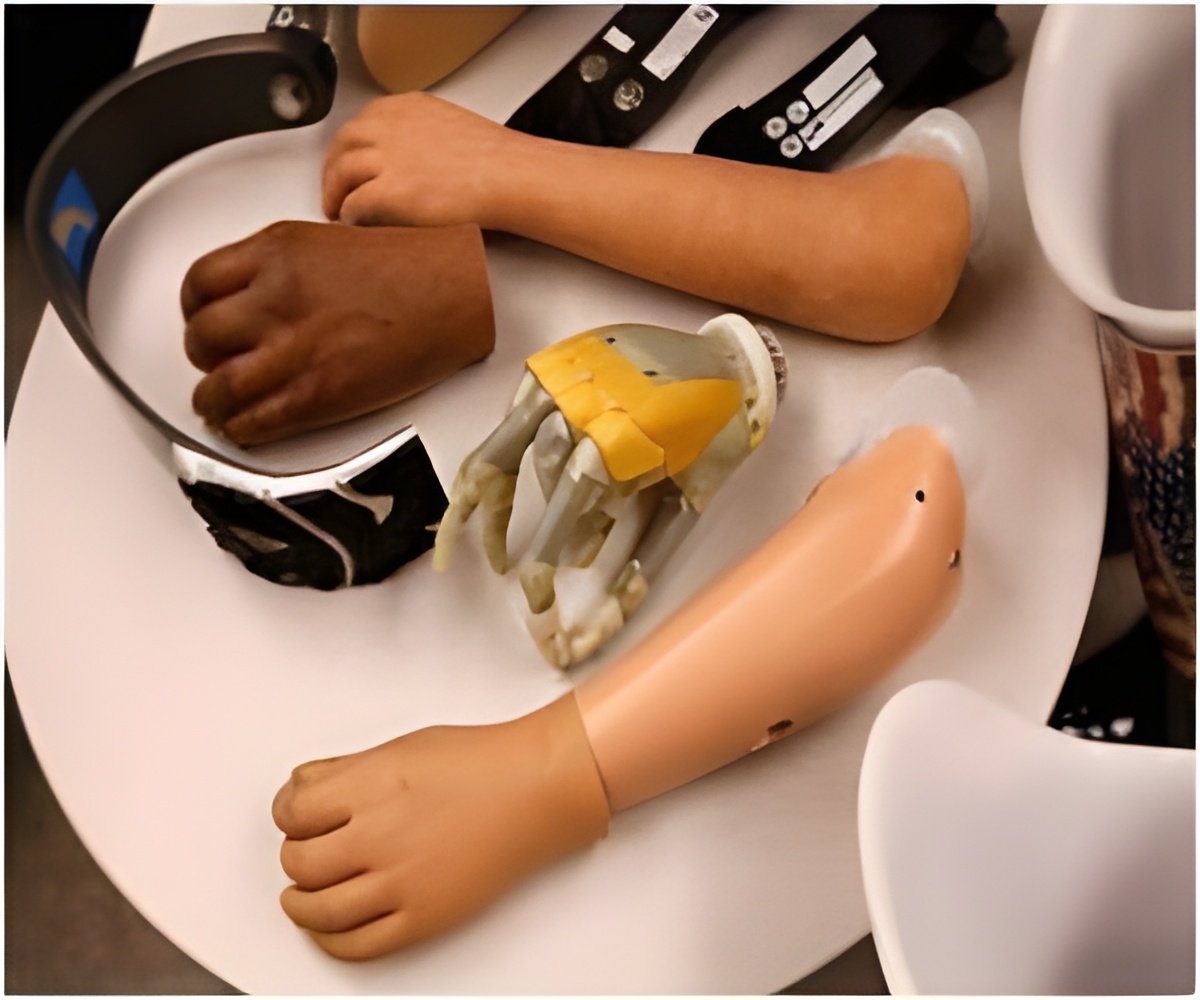US baby boomers are increasing a series of joint replacement surgeries, eager to use new artificial knees and hips to remain active as they grow older.

The 45-64 age group accounted for more than 40 percent of the more than 906,000 total knee or total hip replacement surgeries in 2009, the last year for which figures were available from the American Academy of Orthopedic Surgeons.
Boomers will account for a majority of these joint replacements in 2011, according to projections by Drexel University specialist Steven Kurtz.
The study projects the 45-64 age group will account for a 17-fold increase in knee replacements alone to 994,000 by 2030. Active boomers often accelerate the arthritis which wears down their joints, and obesity is another factor.
"We are still doing patients 65 years and up, but the volume is increasing dramatically among 45-64 year-old patients," said Douglas Dennis, a Colorado orthopedist who has performed some 5,000 knee replacements and 4,000 hip replacements over his career.
Decades earlier, most replacements were in elderly patients unable to walk. But Dennis said, "We are now performing them in younger age patients. We have made great strides in our ability to revise them should they fail."
Advertisement
"We encourage the patients to be active," he said. "But I don't favor things like racquet sports, soccer or basketball" which can put extra strain on joints.
Advertisement
"I feel like I'm 20 again, and I'm back on the courts playing tennis," King says in her endorsement after double knee replacement surgery. But some physicians say people these claims may not be realistic.
"That knee has been designed in the last five years, so how can you say it is going to last 30 years?" says Dennis.
"It is disingenuous marketing... It is harmful rather than helpful. If I had 20 years of data on young patients playing racquet sports, and it showed good survivorship, I would change my opinion. But we don't have that data."
Still, some boomers persist.
Dick Beardsley, an avid distance runner who came within two seconds of winning the Boston Marathon in 1982, said he is determined to show he can come back from two knee replacements.
"I've been a runner all my life," Beardsely told AFP from his home in Austin, Texas, a year after he had replacement surgery for his left knee.
"For a while I thought I might become a cyclist. But I had to give this a try."
Beardsley, 55, is back to running 70-80 miles a week to prepare for the April marathon in Boston, without any problem for his left knee replaced in 2010 or his right knee replaced three years ago.
"The first six to eight weeks (after surgery) are brutal," he said.
"But I would keep at it, run a mile... eventually I got back to running the same pace I was before the knee surgery."
Beardsley, who works as a motivational speaker and operates running camps for adults, said he knows he is flying in the face of medical advice.
When he told his doctor about his training, "He told me, 'I'm not going to tell you to keep running, but I'm not going to tell you to stop.'"
His exams have shown no excess wear on the joints, and believes this is in part due to his small frame and a technique he uses -- "midfoot, forefoot" without striking his heels.
Allen Beale, a 62-year-old computer consultant in Durham, North Carolina, said he is extremely satisfied with the hip replacement he received two years ago, when he was barely able to walk.
Now, he is back at golf, motorcycling and other activities.
Before the surgery, he said, "it had gotten to the point where I couldn't stand up and move... Now it feels so good I don't even know it's there."
Among celebrities getting surgery are former Olympic gymnast Mary Lou Retton (hip), singer Billy Joel (double hip) and actress and workout guru Jane Fonda (knee).
Even if the new joints work as promised, it remains unclear whether supply will be able to keep up with demand, and if the costs will become overwhelming.
A study appearing the journal Health Affairs suggests the costs may reach $50 billion for the government Medicare program alone by 2030 if current trends continue.
And with government reimbursement reduced, and private insurance following suit, the incentives for doctors are declining.
A separate study co-authored by Thomas Fehring showed that if current trends continue, by 2016, 46 percent of needed hip replacements and 72 percent of needed knee replacements will not be able to be completed.
"I was somewhat shocked at the shortfall that we predicted," said Fehring, an orthopedic surgeon in Charlotte, North Carolina.
"The number of people getting joint replacements is going up, the number of young surgeons is going down," said Dennis.
"There are fewer people going into this specialty."
If boomers can't wait, technology may come up with alternatives which may avert the need for radical surgery.
Kurtz notes in his study that he did not account for the "potential for future alternative technologies, such as cartilage regeneration or tissue engineering, or drug therapies that limit progression of joint diseases, which may preempt the need" for joint replacement.
Source-AFP















